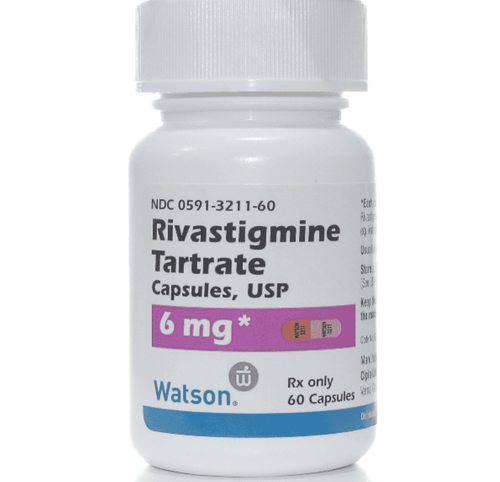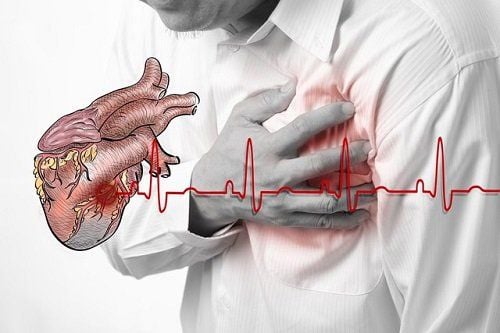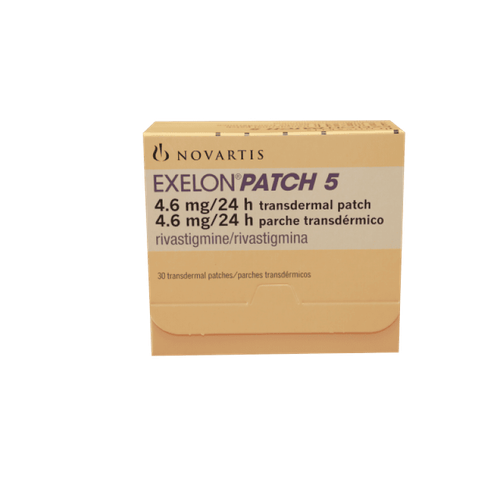This is an automatically translated article.
Piribedil is a dopamine agonist that stimulates dopamine receptors and the brain's dopamine transmission pathways to help treat mild age-related neurological disorders.1. Effects of Piribedil
Piribedil has the following uses:
Monotherapy or in combination with Levodopa in the treatment of Parkinson's disease; Supportive treatment of symptoms of chronic cognitive and neurosensory impairment (except dementia and Alzheimer's disease); Adjunctive treatment of claudication in chronic obstructive arterial disease of the lower extremities; Effects on peripheral circulation, helping to increase blood flow in the thighs; Treatment of ischemic visual disturbances; In combination with surgery for the palliative treatment of ischemic pain, or for those who are awaiting surgery or are unable to have surgery.
2. Instructions on how to take Piribedil
Piribedil drugs are prepared in the following forms:
Piribedil tablets 50mg, 20mg; Solution for injection: 3mg/1mL, 1mL ampoule. Instructions for taking Piribedil oral dose:
Monotherapy: 150-250mg/day, divided into 3-5 oral doses. Drink at the end of the main meal, drink with plenty of water, do not chew the medicine; Combination with Levodopa: 80-140mg/day, divided into 3-5 oral doses (20mg Piribedil to 100mg L-Dopa). The dose can be increased every 3 days/tablet until a therapeutic effect is achieved. Instructions on how to use Piribedil intramuscular dose:
Usual dose: 1 ampoule / time per day for the first 2 days (can be divided into 2 injections, each half ampoule). On the following days, the dose is 1 ampoule x 2 times/day; Slow intravenous infusion: 1 ampoule/day for the first 2 days. On the next 2 days, increase the injection dose to 2 ampoules/day. In the following days, if necessary, the dose can be increased to 3 ampoules/day. Transmission time 4 hours. 3. Side effects of Piribedil In some cases, Piribedil 50mg can cause some side effects:
Digestive disorders: Nausea and vomiting, flatulence; Psychiatric disorders: Agitation, confusion, hallucinations (auditory, visual), aggression, paranoia, impulse control disorder; Neurological disorders: unexplained movement disorders, drowsiness or sudden sleepiness; Other organs: Orthostatic hypotension, hypertension, peripheral edema, sometimes altered liver function, Raynaud's syndrome, digital vasospasm, leg cramps.
4. Notes when using Piribedil
Piribedil is contraindicated in the following cases:
There is a history of hypersensitivity to the active ingredient Piribedil; Cardiovascular collapse (cardiac shock), heart failure; Acute myocardial infarction ; Uncontrolled hypertension; Pregnant women; Pulmonary edema . In hypertensive patients, the use of Piribedil is not a substitute for specific treatment of hypertension.
Dopamine agonists can aggravate psychotic disorders such as delirium, paranoia, hallucinations.
In Parkinson's patients treated with Piribedil, there have been reports of sudden onset and onset of somnolence. Therefore, patients should be cautious when operating a vehicle or using machinery or equipment. In these cases, consideration should be given to dose reduction or gradual discontinuation of therapy, particularly in elderly patients.
5. Piribedil Drug Interactions To avoid unwanted side effects, Piribedil should not be used at the same time as:
Antipsychotic drugs in patients without Parkinson's: Antipsychotic drugs (except clozapine) are effective. dopamine antagonism can cause acute dystonia, parkinsonian syndrome, neuroleptic malignant syndrome and drug-induced tardive dyskinesia; Antiemetic sedatives: These have dopamine antagonistic effects causing extrapyramidal syndromes such as acute dystonia, restlessness and drug-induced tardive dyskinesia. The drugs Tetrabenazine, Haloperidol and Phenothiazine may antagonize the effects of Piribedil.
Please dial HOTLINE for more information or register for an appointment HERE. Download MyVinmec app to make appointments faster and to manage your bookings easily.













